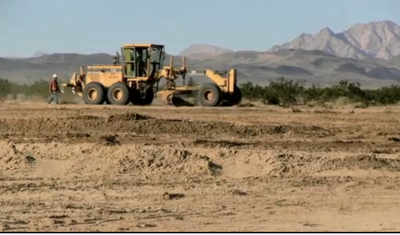The Luxury of Thinking Locally

I have never met Carl Zichella of the Natural Resources Defense Council (NRDC), but I'm sure he has a history of standing up for what's right for our environment. But after reading the Desert Sun article on the Department of Interior's plans to allow solar energy companies to bulldoze hundreds of square miles of desert wildlands, I'm convinced Mr. Zichella got lost somewhere on his journey. In a comment meant to belittle concerned citizens and defend renewable energy companies that are destroying our desert landscapes, NRDC's Mr. Zichella said the following: “There is no impact free energy source,” he said “We need to look at the best sites regardless of ownership.We don't have the luxury of looking at this from a local perspective. Ignoring the best resource areas in the world is not a way to show leadership.” We don't have the luxury of looking at this from a local perspective, he says. I know he's talking about the urgent need to reduce gl...







